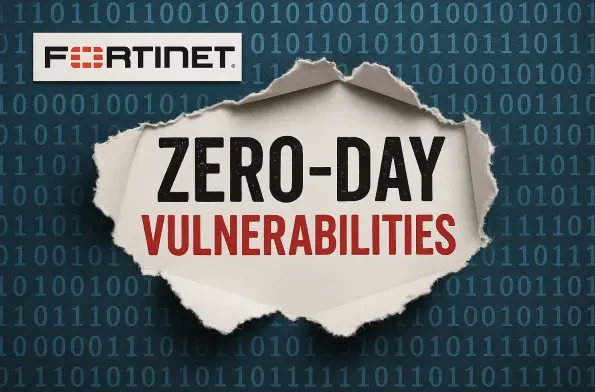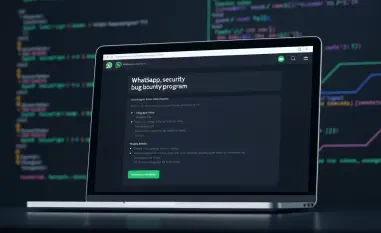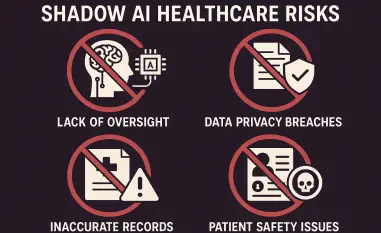In an era where digital threats evolve at an alarming pace, the recent disclosure of multiple vulnerabilities in Fortinet’s cybersecurity solutions has raised significant concerns among industry experts and organizations worldwide. Fortinet, a prominent player in network security, has found itself under scrutiny as two zero-day flaws in its FortiWeb platform were exploited within a mere week, exposing critical weaknesses that attackers have already leveraged in real-world scenarios. These incidents, coupled with a broader advisory covering 17 vulnerabilities across various products, signal a potential escalation in risks for entities relying on Fortinet’s technology. The urgency to address these flaws is palpable, as malicious actors continue to target unpatched systems with increasing sophistication. This situation not only challenges Fortinet’s reputation for robust security but also underscores a broader issue in the cybersecurity landscape: the race against time to mitigate zero-day threats before they wreak havoc on critical infrastructure.
Urgent Threats in FortiWeb Platform
The spotlight falls heavily on Fortinet’s FortiWeb platform, where two critical zero-day vulnerabilities have been actively exploited, posing immediate dangers to users. Identified as CVE-2025-58034 with a CVSS score of 6.7, the first flaw allows authenticated attackers to execute arbitrary code through crafted HTTP requests or CLI commands due to an OS command injection vulnerability. The second, CVE-2025-64446, rated at a severe 9.1 on the CVSS scale, involves a path traversal issue that similarly enables unauthorized access and control. Fortinet has confirmed real-world exploitation of both, though specifics remain undisclosed. In response, patches have been rolled out for affected versions, including 8.0.2 through 7.0.12, with a strong recommendation for immediate updates. Reinforcing the gravity of this threat, the U.S. Cybersecurity and Infrastructure Security Agency (CISA) added CVE-2025-58034 to its Known Exploited Vulnerabilities catalog, imposing a tightened deadline for federal agencies to remediate within a week, highlighting the critical need for swift action to safeguard systems.
Broader Implications for Cybersecurity
Beyond the FortiWeb platform, Fortinet’s latest security advisory reveals a troubling scope of 17 vulnerabilities affecting a wide array of products, such as FortiClient Windows, FortiVoice, and FortiOS, among others. Notably, three high-severity flaws in FortiClient Windows and FortiVoice stand out for their potential to enable arbitrary code execution, though no active exploitation has been reported for these specific issues. The rapid succession of exploited zero-days in FortiWeb points to a disturbing trend of attackers targeting Fortinet solutions, often outpacing the deployment of patches. This pattern raises questions about the resilience of widely used cybersecurity tools in an environment where threats are increasingly agile. Organizations must not only prioritize rapid patch management but also enhance proactive monitoring to detect suspicious activities. As CISA’s urgent directive to federal agencies demonstrated, the stakes are high, and the broader cybersecurity community must adapt to these evolving challenges with comprehensive strategies to mitigate risks effectively.













